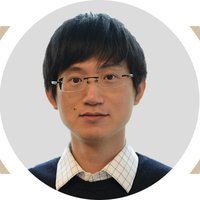Biotechnology & medicine
Stanley Qi
Inventions based on CRISPR technologies have empowered genome engineering beyond editing

Global
MinMin Yen
Cholera kills, and vaccines don’t always work. She created a better solution.

Global
Alice Zhang
Using machine learning to identify new treatments for Parkinson’s and Alzheimer’s.

China
Sidi Chen
New tools for genetic engineering and immune engineering to tackle cancer and improve treatment methods

Latin America
Eric Dijkhuis
Thanks to 3D printing, his NGO manufactures low-cost prosthetics and tools for people with amputated limbs
